Col. Sudhir Farm
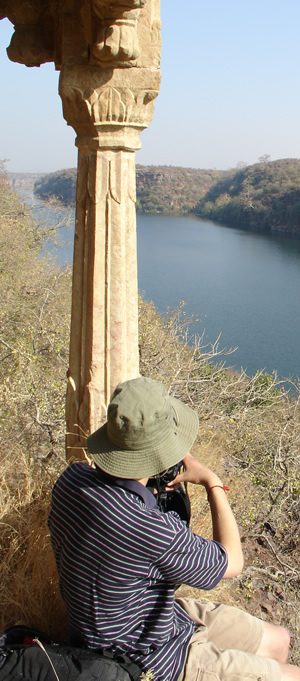
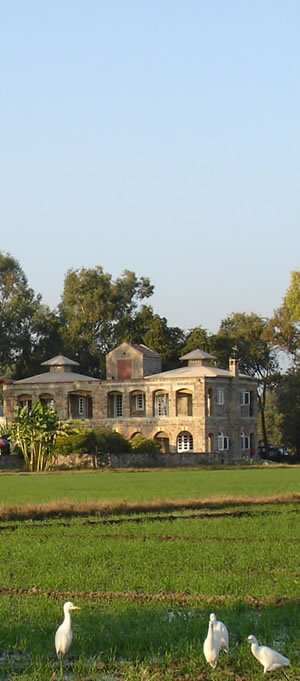
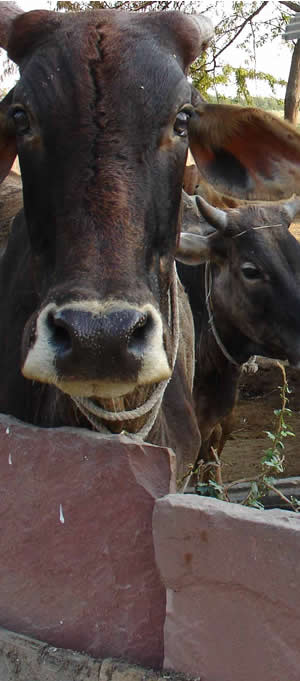
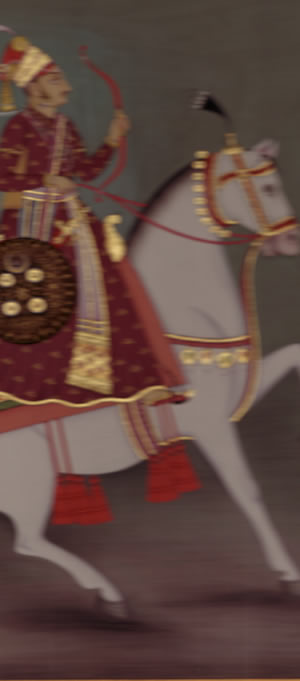
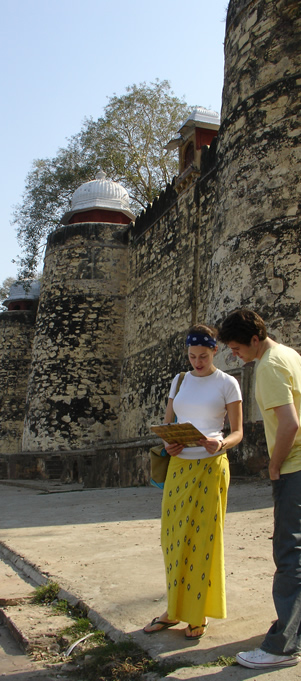
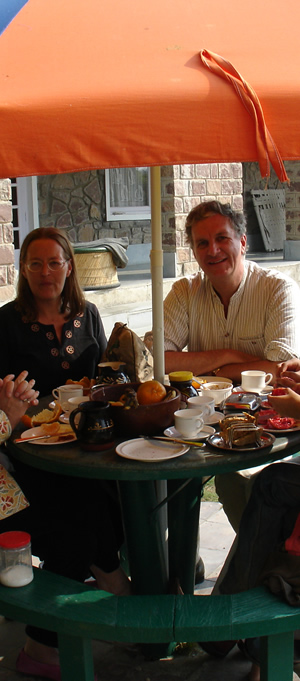
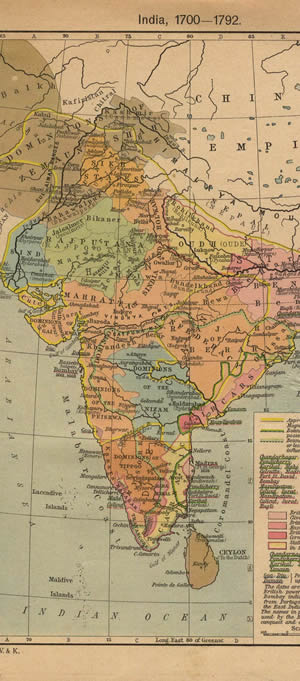
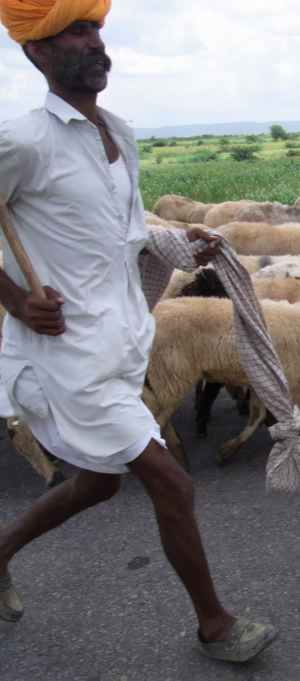
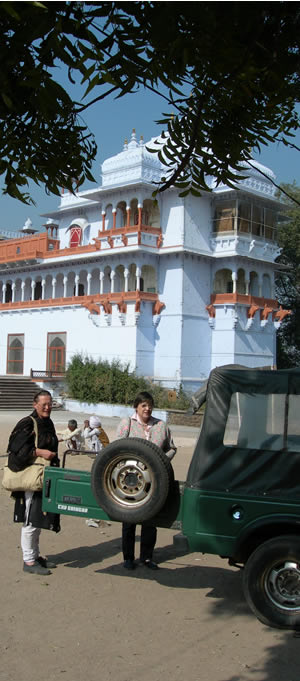
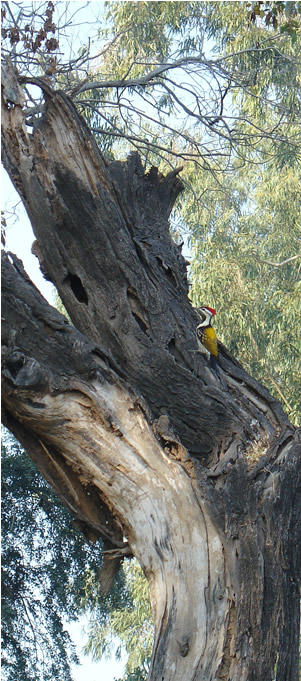
Snippets from the Visitors' Book
The Kota tonga trail was a real highlight - a bit like a 19th Century treasure hunt. It’s full of little nuggets of unusual information and fascinating glimpses into the unsolved mysteries of Kota.
Harriet and Will, London. UK
The memorial to Major Burton and his sons was much more moving than the Taj Mahal or the lake at Udaipur, marvellous as they are.
Henry Vane, Cumbria, UK
...the most comfortable bed I’ve slept in for 2 months....
Charlotte Adam, Winchester UK
Two days out of the noise and the people in a beautiful place. We felt totally
at home
- To be recommended to every person who wishes to experience the Indian country life. We also liked the way the food was prepared...
Patrick & Marie-Christine Lemaigre, Nil-St Vincent, Belgium
We’re only here for the porridge and home made bread! Thank you for a most wonderful time the memories of which we shall carry always. You have given us a wonderful & fascinating introduction to India.
Sue Turner, Lancashire, UK
So ...Rajasthan is not all desert! Thank you for sharing everything with us....
The Read family, London, UK
What a wonderful time we’ve had at the school in the village, at the weavers’, on the river, atop a tonga! Thank you for all your help and contacts throughout India
Anne Gerbner, Philadelphia, USA
It was a wonderful stay and thank you for giving us such a positive look at India and Rajasthan.
Salma Goldstein, New Jersey, USA
- There once was a lady of Kota
- Who took visitors out in her motor
- With the roads and the ruts
- It took quite some guts
- To go out with the lady of Kota.
- But once back at home on the farm
- The world quite descended to calm
- With the plants and the birds
- And fox terriers in herds
- There was balm in the calm on the farm.
Sue Millar, London, UK
After travelling around Rajasthan for two weeks, reaching a real house with books on the shelves, photos on the walls and four happy dogs was simply wonderful.
Camille Savinien, Paris, France
This isn’t tourism. I know of nowhere else where you can experience the real India as well as on your traditional working Rajasthani farm.
Sam Milward, Wellington, New Zealand
Thank you so very much for such a wonderful stay - what a fantastic introduction to India. I don’t think we’ll find such tranquillity elsewhere.
Lizzie Fortune, Hampshire. UK
Fabulous - I’ve been spoilt. It’s hard to leave and face the real world.
Elisabeth Simson, Isle of Wight, UK
After travelling around Rajasthan for two weeks, reaching a real house with books on the shelves, photos on the walls and four happy dogs was simply wonderful.
Camille Savinien, Paris, France
This isn’t tourism. I know of nowhere else where you can experience the real India as well as on your traditional working Rajasthani farm.
Sam Milward, Wellington, New Zealand
Thank you so very much for such a wonderful stay - what a fantastic introduction to India. I don’t think we’ll find such tranquillity elsewhere.
Lizzie Fortune, Hampshire. UK
Our visit at the farm was truly wonderful, off the beaten track it is a slice of India a visitor does not normally experience. Victoria is very knowledgeable about Indian culture and the people - an added perspective for us. The food here was very delicious: organically home grown ingredients, vegetables, fruits, grains prepared simply homestyle. A nice change from curries. Enjoyed the early morning boat ride and walk to the weavers. Many thanks.
Johanna Janssens, Washington, USA
I loved staying with you and the dogs and playing with the toys.
Jonas aged 8, Switzerland
A very welcome break from the crazy world of India – wonderful house, food and hospitality. Thank you so much.
Katie Buxton, Bath, UK
I loved seeing the crocodiles, and I learned a lot about deticking the puppies. Coming to the farm was a great experience.
Stella Bartholet, Washington, USA
A wonderful eye opening visit in every sense. We will be back! Thank you!
Christopher & Joanna Hobson, Northamptonshire, UK
A blissfully peaceful stay. We enjoyed everything – even the power cut. Thank you for lovely food, good company and very interesting trips.
Vicky Stark, London, UK
Exactly what we hoped for and more, bits of India off the tourist track, life as it actually is in villages, teeming life and livestock and the magic of the river.
Sir Hilary Miller, Worcester, UK
Thank you for the introduction to miniature painters, wall paintings, stories, great food, good company, walk through the fields. I loved the paintings in the City Palace and go back full of inspiration and memories.
Nan Mulder, Edinburgh, UK

On the Farm - 2007 Archive
On the Farm - December ’07
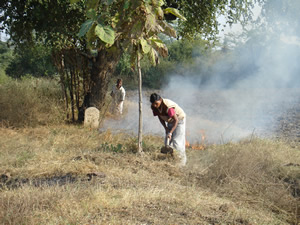 Once the wheat was sown in early December, time could be found to clear the monsoon growth of thornbushes, now dried out. Once cleared the weeds will not grow again till the next monsoon.
Once the wheat was sown in early December, time could be found to clear the monsoon growth of thornbushes, now dried out. Once cleared the weeds will not grow again till the next monsoon.
The mustard was given the first of two waterings and is now flowering (See December 2006).
The tree in the foreground is a slow growing teak. In the background is the dogs’ graveyard.
On the Farm - November ’07
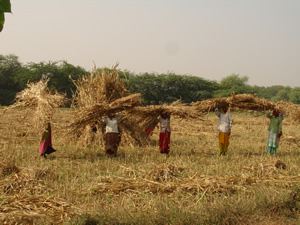 After harvesting the soyabean, the gang of women cut and stacked the jowar. It was then moved gradually to near the cowshed by my full-time halis (or farmhands). This was cheaper than moving it by tractor and trolley. The land was ploughed and flood-irrigated, ready for sowing the wheat.
After harvesting the soyabean, the gang of women cut and stacked the jowar. It was then moved gradually to near the cowshed by my full-time halis (or farmhands). This was cheaper than moving it by tractor and trolley. The land was ploughed and flood-irrigated, ready for sowing the wheat.
Divali was celebrated and the cows decorated and honoured.
On the Farm - October ’07
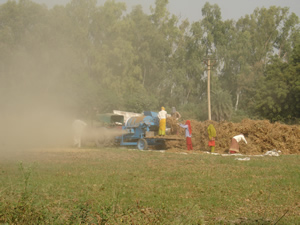 After drying out, the soyabean was cut by hand using sickles. It was left to dry in the fields and then piled into large stacks and threshed. Feeding the soyabean into the thresher used to be done by men, but since work is taken on by women on contract, they prefer to do it themselves. I give them thick gloves to protect their hands. The gloves often get sucked into the threshing machine.
After drying out, the soyabean was cut by hand using sickles. It was left to dry in the fields and then piled into large stacks and threshed. Feeding the soyabean into the thresher used to be done by men, but since work is taken on by women on contract, they prefer to do it themselves. I give them thick gloves to protect their hands. The gloves often get sucked into the threshing machine.
Mustard was sown.
On the Farm - September ’07
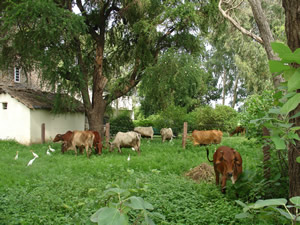 September is a very lush, humid month. The cows grazed freely enjoying the grass that had grown around the house. The tree under which they are grazing in this photograph is known locally as kainth or wood apple tree. Chutney made from the soft flesh of the cricket ball sized fruit of the kainth tree, mixed with coriander and garlic is a local speciality.
September is a very lush, humid month. The cows grazed freely enjoying the grass that had grown around the house. The tree under which they are grazing in this photograph is known locally as kainth or wood apple tree. Chutney made from the soft flesh of the cricket ball sized fruit of the kainth tree, mixed with coriander and garlic is a local speciality.
On the Farm - August ’07
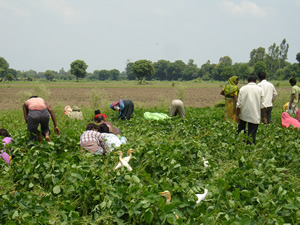 No significant rain for two weeks after planting meant that the soyabean weeding was delayed as the clay soil was too hard. By the time we could weed, the grass was 50 cms. tall and I was paying up to 35 people a day to pull it out in handfuls before the grass seeded.
No significant rain for two weeks after planting meant that the soyabean weeding was delayed as the clay soil was too hard. By the time we could weed, the grass was 50 cms. tall and I was paying up to 35 people a day to pull it out in handfuls before the grass seeded.
Old men, women and their adolescent children came to earn Rs.50 (75 pence) per day for toiling for 6-7 hours with one hour off for lunch. Some took their pay in crisp 50-rupee notes every two days, but others saved their wages and took Rs.500 at the end of the 10-day weeding period. This sum seems insignificant, but with several family members pooling their pay, they felt it was worthwhile to come. Such casual labour suits the village women in particular, but the income is not keeping pace with the increase in the cost of living. A day’s work for 1 litre of cooking oil. A day’s labour to buy just over 1 litre of petrol.
On the Farm - July ’07
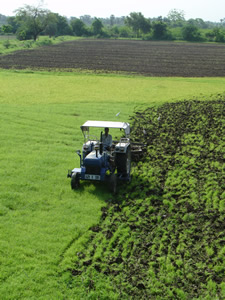 After two weeks of rain the farm was transformed into lush green park land. Then there was a respite of two weeks which was enough for the soil to dry out to the extent to allow the planting of the soyabean seed, which had already been purchased. Three-quarters of the farm was sown with either soyabean, or jowar - a millet like crop which was planted for cattle fodder but is also consumed widely.
After two weeks of rain the farm was transformed into lush green park land. Then there was a respite of two weeks which was enough for the soil to dry out to the extent to allow the planting of the soyabean seed, which had already been purchased. Three-quarters of the farm was sown with either soyabean, or jowar - a millet like crop which was planted for cattle fodder but is also consumed widely.
The cows grazed freely over the other quarter of the farm.
On the Farm - June ’07
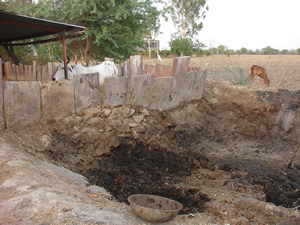 Every year in the summer the cow manure is loaded onto a tractor-trailer from this pit, using the metal dish as seen in the foreground, and scattered by hand on a chosen field. This work is done at night, as it is very hot during the day. The fertilising value of the manure is low as it has lain exposed to the sun rather than being composted.
Every year in the summer the cow manure is loaded onto a tractor-trailer from this pit, using the metal dish as seen in the foreground, and scattered by hand on a chosen field. This work is done at night, as it is very hot during the day. The fertilising value of the manure is low as it has lain exposed to the sun rather than being composted.
There were no pre-monsoon showers until right at the end of the month. The land was ploughed and prepared for sowing but then it rained too much - another year with no soyabean summer crop loomed.
On the Farm - May ’07
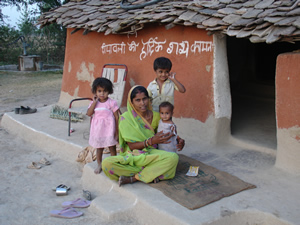 The harvest is over, the temperature is 44°C by day and over 30° at night. The fridge-freezer can't cope and the milk goes off inside the fridge because of power cuts.
The harvest is over, the temperature is 44°C by day and over 30° at night. The fridge-freezer can't cope and the milk goes off inside the fridge because of power cuts.
This is a picture of the 1.5kg baby and family one year on (see July 2006).
On the Farm - April ’07
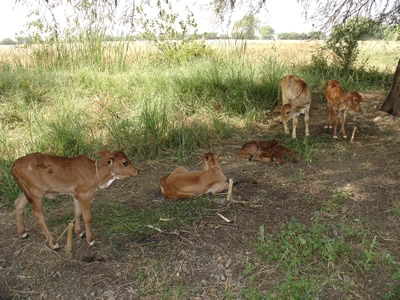 This year April was unusually hot. There was no unseasonal rain and the wheat harvest went smoothly. The price of wheat has increased from Rs. 775 to Rs. 992 per 100 kgs. in one year. Rural wages have not gone up but the women harvesters are paid in grain and so their labour is inflation proof.
This year April was unusually hot. There was no unseasonal rain and the wheat harvest went smoothly. The price of wheat has increased from Rs. 775 to Rs. 992 per 100 kgs. in one year. Rural wages have not gone up but the women harvesters are paid in grain and so their labour is inflation proof.
After a period of three months in which we had no milk, we now have these five calves.
On the Farm - March ’07
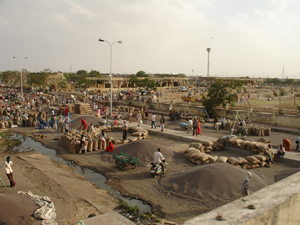 The main harvest this year was mustard. The yield was poor as it had been too hot when the seed was planted. Global warming in fact. It was sold at the Kota Grain Market (Dhan Mandi) seen here. The piles of black seed are mustard.
The main harvest this year was mustard. The yield was poor as it had been too hot when the seed was planted. Global warming in fact. It was sold at the Kota Grain Market (Dhan Mandi) seen here. The piles of black seed are mustard.
On the Farm - February ’07
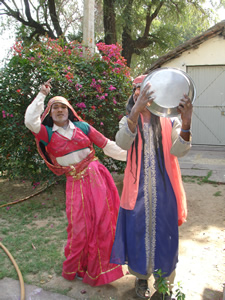 This year at Holi (the Hindu festival of colour) the local women and children came as they did last year (see February 2006), but these two unlikely characters also appeared. They came out from Kota on a motorbike, changed and then went around the farms asking for alcohol and money in return for their “performance.”
This year at Holi (the Hindu festival of colour) the local women and children came as they did last year (see February 2006), but these two unlikely characters also appeared. They came out from Kota on a motorbike, changed and then went around the farms asking for alcohol and money in return for their “performance.”
On the Farm - January ’07
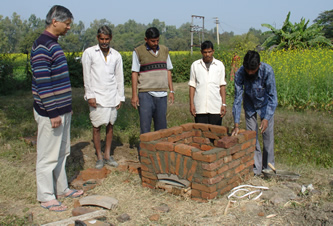 We finally built a simple brick incinerator for the household rubbish to replace a petrol drum being used for the purpose. This being India, it took 5 men to make it - 1 to do the work and 4 to supervise him (well actually the other four doing very specialised jobs but posing for the photograph here).
We finally built a simple brick incinerator for the household rubbish to replace a petrol drum being used for the purpose. This being India, it took 5 men to make it - 1 to do the work and 4 to supervise him (well actually the other four doing very specialised jobs but posing for the photograph here).

